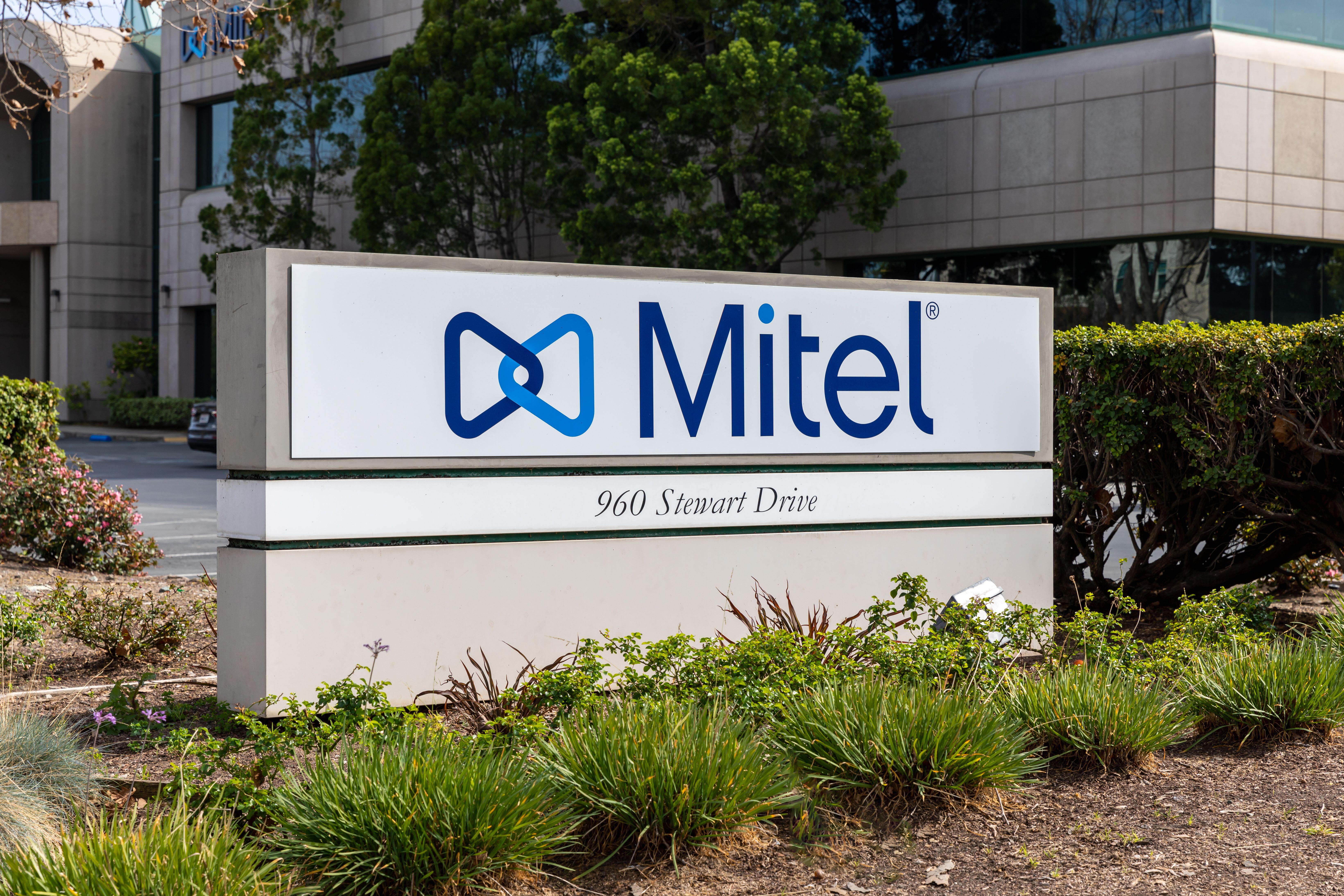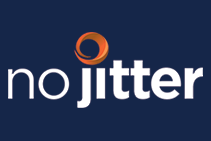This week Mitel announced its new line of Digital Enhanced Cordless Telecommunications (DECT) 700 Series handsets that combine functionality, affordability, and robustness to meet the demands of different vertical markets.
The 722 handsets are at the heart of the series. Meant for professional use in business and healthcare, the handset features a large display, four-way navigation keys, configurable audio control buttons, an ambient noise filter for loud environments, and a multifunction emergency alarm button.
Mitel is also rolling out two handsets, 732 and 742, for more demanding environments like industrial settings. These aren’t just regular phones. While the handsets maintain the core functionalities of the 700 Series—including secure DECT encryption—they’re ruggedized and have additional features like a motion sensor.
Rounding out the series is the entry-level 712 handset designed for day-to-day business and office operations.
All four new handsets now support USB-C charging and are more user-friendly. The setup is quick and straightforward for users, regardless of their location, be it an office or a hospital.
“We’ve had 600 series handsets for quite a while, but the technology has evolved. There are innovations on the hardware side of such handsets, and we incorporate them in the new 700 series to make it a top-level product. This includes a future-proof design, perfectly integrated into the Mitel communication solution,” said James Wong, VP of product management at Mitel.
A key benefit of the DECT handsets is their use of a dedicated radio frequency band, which ensures a more reliable data connection without interference when compared to Wi-Fi, which uses an unlicensed spectrum. An added benefit is high-definition (HD) voice, which is essential in business and critical environments like hospitals. This capability enhances voice clarity and allows users to send and prioritize messages.
“Compared to traditional Wi-Fi, which generally offers a range of 10 to 15 meters, DECT’s coverage is impressive, extending up to 100 meters. This makes it suitable for expansive spaces such as warehouses and hospitals, where one DECT base station is typically sufficient to provide comprehensive coverage,” said Mats Perjons, product marketing manager, Mitel.
Integrating DECT into enterprise networks is becoming increasingly common, especially in European countries like Germany for example, where the country has extremely strict privacy regulations. Due to security and reliability, DECT is crucial in vertical environments like healthcare and retail. Technological advancements have evolved DECT models to provide a better user experience.
In some scenarios, DECT handsets serve a purpose beyond traditional communication by combining the features of a stationary desk phone with the portability of a smartphone. Take the healthcare setting : If there’s an emergency, an alert is sent from an alarm or messaging server, to relevant personnel, such as critical care nurses or respiratory therapists. The alert displays on the relevant personnel's DECT device(s), and they can accept or decline the call based on their availability. The handset can show the priority of the alert to minimize alarm fatigue by providing both different ring signals and changing the background color depending on the priority. Once the alert is received, the user can accept or decline the call based on availability.
From a financial standpoint, DECT phones are cost-effective, especially compared to traditional smartphones. Their blend of efficiency, security, and adaptability makes them a valuable tool for professionals across various sectors.
Many industry watchers have called for the death of DECT for years as Wi-Fi handsets or personal mobile devices were considered a viable replacement. However, these devices do not have the same reliability or ruggedness of DECT handsets and the devices continue to live on and, in some markets, grow. As mentioned earlier, the dedicated frequency band provides much more reliable performance than Wi-Fi and Bluetooth. Also, the battery life is superior to traditional consumer devices, with a more extended range. There is an opportunity for partners and customers in North America to take another look at opportunities for DECT, as Wi-Fi networks typically are crowded, unreliable, and vulnerable to interference.
For Mitel, when the company announced its UCaaS partnership with RingCentral, it stated it would focus on continuing to drive innovation into UC, which includes desk phones and handsets. The company has always been one of the leaders in both breadth and depth of endpoints, and the newly announced DECT handsets fill a need that most other vendors do not address.










